Imagine holding a marble in one hand and a basketball in the other. The difference seems massive, right? But that comparison barely scratches the surface of how Jupiter dwarfs our home planet. When we gaze up at the night sky and spot that bright wandering star we call Jupiter, we’re looking at a cosmic giant that could swallow Earth whole – and then ask for seconds, thirds, and about 1,318 more helpings.
The Mind-Bending Scale of Jupiter’s Volume

Jupiter’s sheer size defies our everyday experience with scale. This gas giant boasts a volume of approximately 1.43 trillion cubic kilometers, while Earth measures a comparatively modest 1.08 trillion cubic kilometers. To put this in perspective, you could fit 1,321 Earth-sized planets inside Jupiter’s massive bulk.
That’s not just impressive – it’s absolutely staggering. Think about it this way: if Earth were a grape, Jupiter would be roughly the size of a cantaloupe. The numbers alone tell an incredible story of cosmic proportions that challenge our understanding of planetary formation and the diversity of worlds in our solar system.
How Scientists Calculate Planetary Volumes

Measuring something as enormous as Jupiter requires sophisticated mathematical approaches and precise astronomical observations. Scientists use Jupiter’s diameter of about 142,984 kilometers to calculate its volume using the formula for a sphere: V = (4/3)πr³. This gives us that mind-blowing figure of 1.43 trillion cubic kilometers.
For Earth, with its diameter of 12,742 kilometers, the same calculation yields our planet’s volume of 1.08 trillion cubic kilometers. These measurements come from decades of careful observations using telescopes, spacecraft missions, and advanced radar techniques that can penetrate atmospheric layers.
The precision required for these calculations is remarkable. Even tiny errors in measuring planetary diameters can lead to significant discrepancies in volume calculations, which is why space agencies invest heavily in multiple measurement methods to ensure accuracy.
Jupiter’s Composition: Why Size Matters
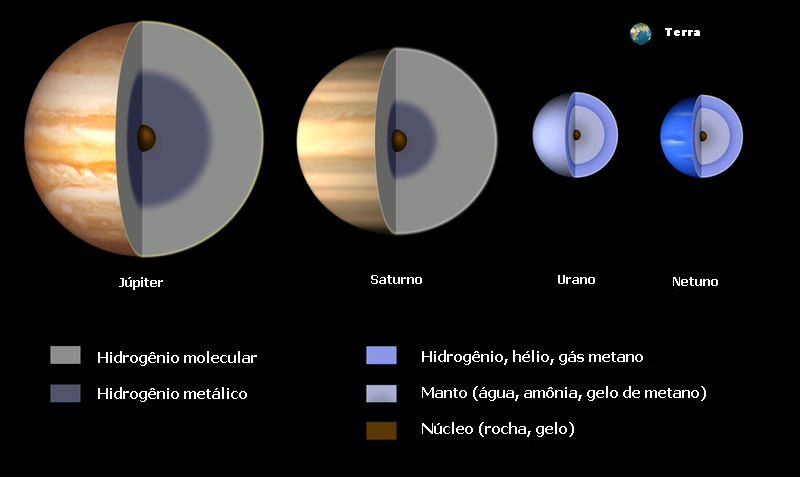
Unlike Earth’s rocky composition, Jupiter consists primarily of hydrogen and helium gases, with trace amounts of methane, ammonia, and water vapor. This gaseous nature is precisely why Jupiter can achieve such enormous dimensions while still maintaining planetary cohesion through gravitational forces.
The planet’s core, though still debated among scientists, likely contains rock and ice compressed to incredible densities. This solid center may be roughly the size of Earth itself, surrounded by thousands of kilometers of compressed gases that create Jupiter’s distinctive banded appearance.
Understanding Jupiter’s composition helps explain why it became so massive during the solar system’s formation. As the largest planet, it acted like a cosmic vacuum cleaner, gathering material that might otherwise have formed additional planets in the outer solar system.
The Great Red Spot: A Storm Bigger Than Earth

Jupiter’s most famous feature, the Great Red Spot, provides another striking example of the planet’s immense scale. This massive storm system has been raging for at least 400 years and measures approximately 16,000 kilometers across – wider than Earth’s entire diameter of 12,742 kilometers.
Imagine a hurricane that could completely engulf our planet with room to spare. The Great Red Spot’s winds reach speeds of up to 400 kilometers per hour, creating a swirling vortex that dwarfs any weather system Earth has ever experienced. The storm’s longevity also demonstrates Jupiter’s ability to sustain atmospheric phenomena on timescales that exceed human civilization.
Recent observations from NASA’s Juno mission have revealed that this iconic storm extends much deeper into Jupiter’s atmosphere than previously thought, reaching depths of several hundred kilometers below the visible cloud tops.
Comparing Jupiter to Other Planets
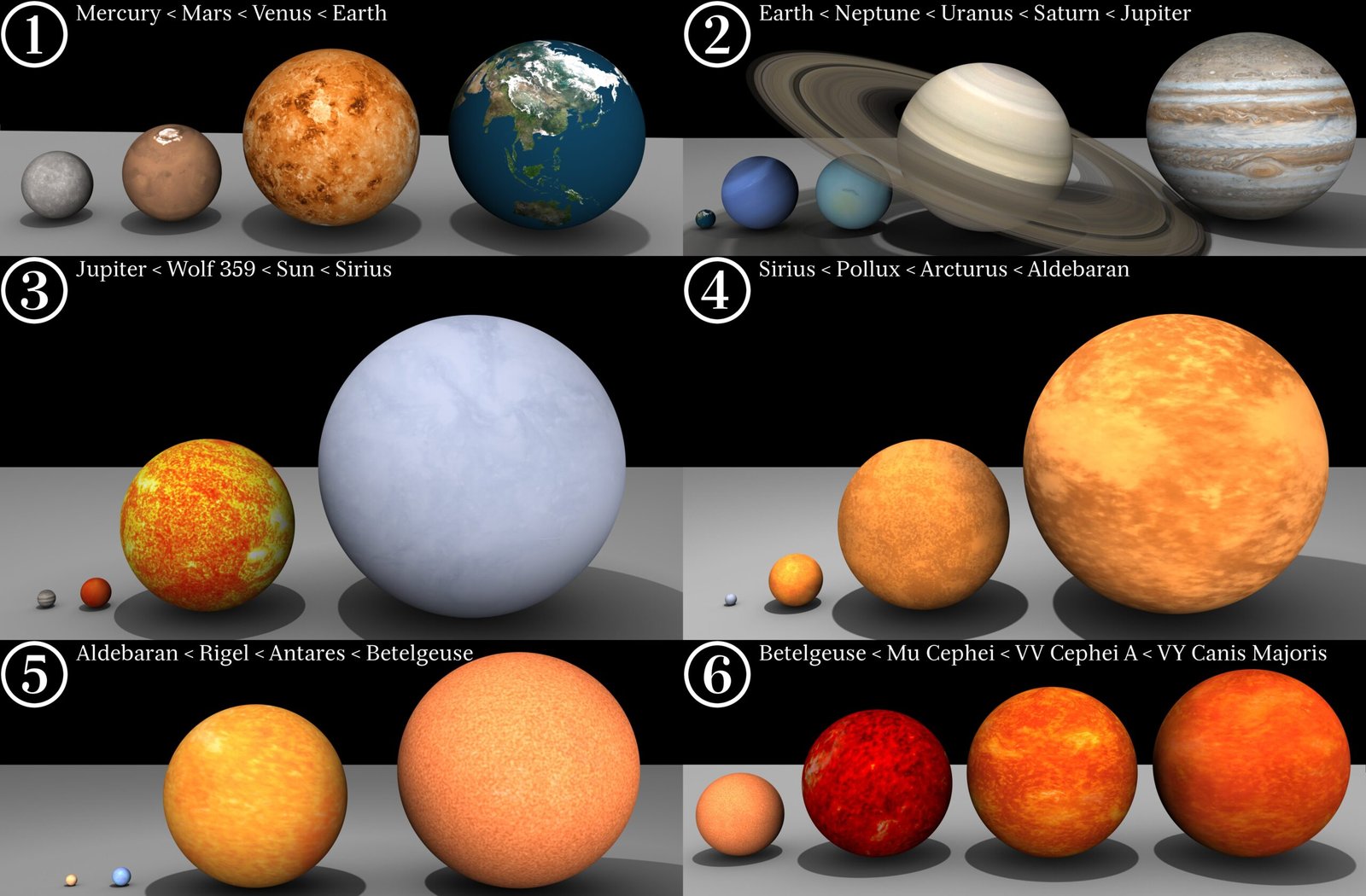
When we examine Jupiter alongside other planets in our solar system, its dominance becomes even more apparent. Jupiter contains more mass than all other planets combined, accounting for about 71% of the total planetary mass in our solar system. This gravitational heavyweight influences the orbits of nearby asteroids and comets, acting as a cosmic shepherd.
Saturn, the second-largest planet, has a volume of about 827 trillion cubic kilometers – impressive by any standard, but still dwarfed by Jupiter’s massive bulk. You could fit about 764 Earths inside Saturn, making Jupiter’s capacity of over 1,300 Earths truly exceptional.
Even when we compare Jupiter to all the terrestrial planets combined – Mercury, Venus, Earth, and Mars – Jupiter’s volume exceeds them by a factor of hundreds. This size disparity reflects the fundamental differences between gas giants and rocky planets in our solar system.
The Role of Gravity in Jupiter’s Massive Size

Jupiter’s enormous gravitational field, about 2.36 times stronger than Earth’s, plays a crucial role in maintaining its gigantic proportions. This intense gravity compresses the planet’s gaseous atmosphere, creating the dense layers that contribute to its overall volume and distinctive appearance.
The planet’s gravity also explains why Jupiter has captured so many moons – currently 95 confirmed satellites orbit this giant world. Four of these moons, known as the Galilean satellites, are large enough to be considered planets if they orbited the Sun independently. Ganymede, the largest, actually exceeds Mercury in size.
This gravitational dominance extends far beyond Jupiter’s immediate vicinity. The planet’s influence helps protect inner solar system planets from potentially hazardous asteroids and comets by either capturing them or deflecting their trajectories away from Earth’s orbital path.
How Jupiter’s Magnetosphere Dwarfs Earth’s
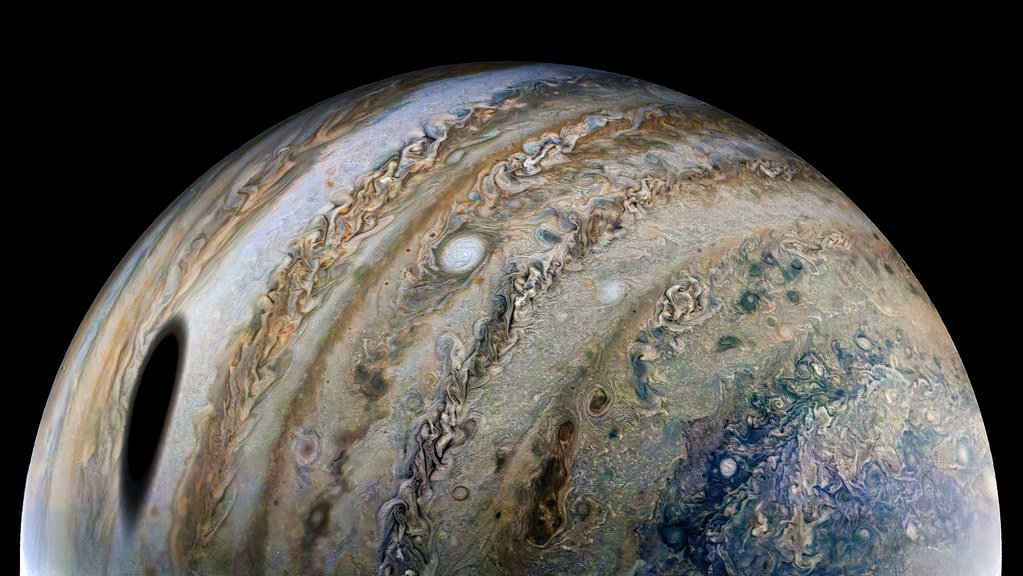
Jupiter’s magnetosphere – the region dominated by its magnetic field – extends up to 7 million kilometers toward the Sun and creates a magnetic tail stretching beyond Saturn’s orbit. Earth’s magnetosphere, by comparison, extends only about 65,000 kilometers on the sunward side and about 6 million kilometers in the opposite direction.
This massive magnetic field traps charged particles from the solar wind, creating radiation belts thousands of times more intense than Earth’s Van Allen belts. The interaction between Jupiter’s magnetic field and its moon Io creates spectacular auroral displays that dwarf Earth’s northern and southern lights.
The sheer scale of Jupiter’s magnetosphere means it would be visible from Earth if we could see magnetic fields with the naked eye. It would appear larger than the full Moon in our night sky, providing a constant reminder of the gas giant’s incredible reach through space.
Jupiter’s Atmospheric Layers and Their Incredible Depth
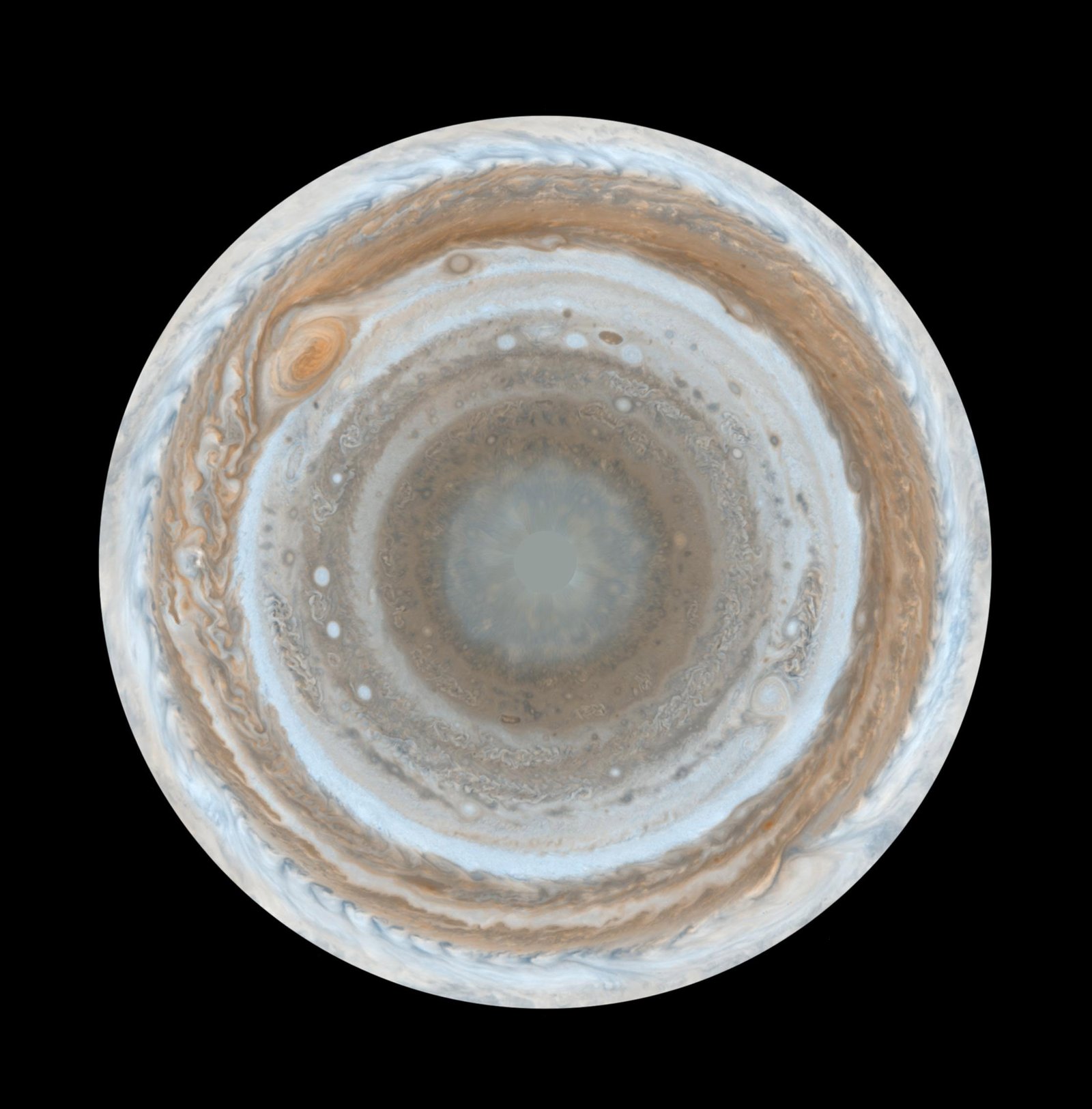
The depth of Jupiter’s atmosphere represents another dimension of its enormous scale. While Earth’s atmosphere extends about 100 kilometers above sea level, Jupiter’s atmospheric layers stretch thousands of kilometers deep before transitioning into the planet’s liquid and solid interior regions.
The visible bands and zones we observe represent just the outermost layer of this incredibly deep atmospheric system. Below the colorful cloud tops lie layers of increasing pressure and temperature, where familiar gases compress into exotic states of matter not found naturally on Earth.
Recent data from the Juno spacecraft suggests that Jupiter’s atmospheric dynamics penetrate much deeper than previously thought, with organized flow patterns extending thousands of kilometers below the visible surface. This vertical complexity adds yet another dimension to Jupiter’s overwhelming scale.
The Formation Story: How Jupiter Grew So Large

Jupiter’s massive size traces back to the early days of solar system formation, approximately 4.6 billion years ago. The planet likely formed in the cold outer regions of the solar nebula, where water and other compounds could freeze into solid particles that helped build planetary cores.
Once Jupiter’s core reached about 10 Earth masses, it began rapidly accumulating the surrounding hydrogen and helium gas. This runaway growth process allowed Jupiter to become the solar system’s first and largest planet, essentially monopolizing the available building materials in its orbital region.
The timing of Jupiter’s formation played a crucial role in shaping the entire solar system. Its early growth helped prevent additional planets from forming in the outer solar system while also influencing the migration patterns of smaller bodies that would eventually become asteroids and comets.
Temperature Extremes Across Jupiter’s Vast Interior

The temperature variations throughout Jupiter’s massive interior reveal another aspect of its incredible scale. At the cloud tops, temperatures hover around -145°C, while the core may reach temperatures exceeding 20,000°C – hotter than the Sun’s surface.
This extreme temperature gradient occurs across thousands of kilometers of planetary radius, creating conditions that span from the freezing void of space to the crushing heat of stellar interiors. The transition between these temperature extremes happens gradually across Jupiter’s vast bulk, creating distinct regions with different physical properties.
The planet actually radiates more heat than it receives from the Sun, generating internal temperatures through the slow gravitational contraction that has continued since its formation. This internal heat source contributes to Jupiter’s dynamic atmospheric circulation and helps maintain its enormous size against gravitational collapse.
Jupiter’s Moons: A Miniature Solar System
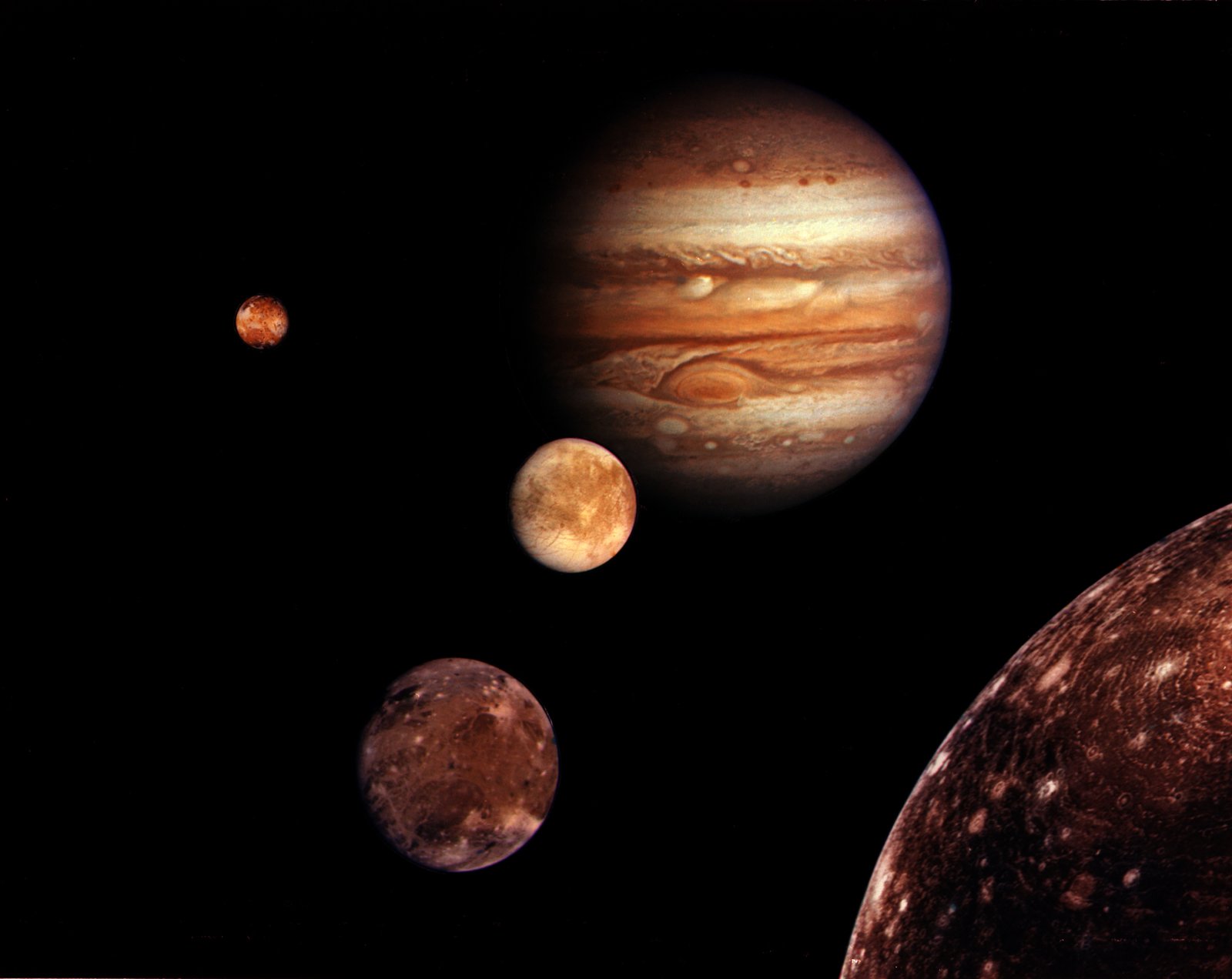
Jupiter’s system of 95 known moons creates what scientists often describe as a miniature solar system, with the gas giant serving as a central “star” around which these diverse worlds orbit. The four largest moons – Io, Europa, Ganymede, and Callisto – showcase remarkable diversity despite orbiting the same massive planet.
Ganymede, the largest moon in our solar system, has a diameter of 5,268 kilometers, making it larger than Mercury. Europa harbors a subsurface ocean beneath its icy crust, potentially containing more water than all of Earth’s oceans combined. These moons demonstrate how Jupiter’s enormous gravitational influence creates and maintains complex satellite systems.
The regular arrangement of Jupiter’s major moons, with their synchronized orbital periods and aligned orbital planes, provides evidence for how the planet’s massive size influenced the formation and evolution of its entire satellite system over billions of years.
Comparing Jupiter to the Sun: Still Dwarfed by Our Star
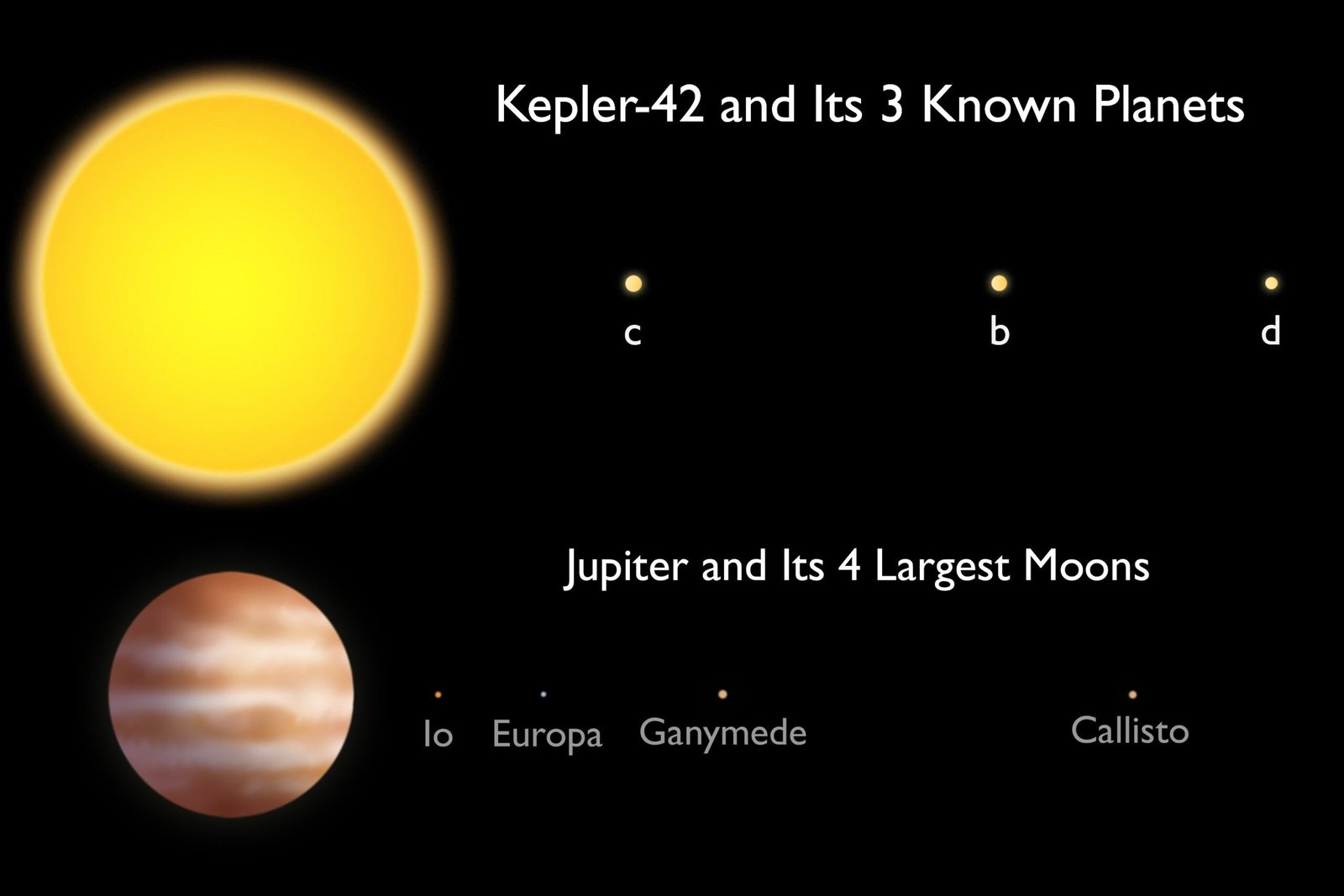
While Jupiter dominates the planetary realm, it pales in comparison to our Sun’s truly astronomical proportions. The Sun’s volume could accommodate about 1.3 million Earths or roughly 1,000 Jupiters, putting even the solar system’s largest planet into cosmic perspective.
Jupiter’s mass, approximately 318 times that of Earth, represents only about 0.1% of the Sun’s mass. If Jupiter were about 80 times more massive, it would have sufficient mass to trigger nuclear fusion and become a star itself, fundamentally altering our solar system’s structure and habitability.
This comparison helps illustrate the hierarchy of cosmic scales – from planets to stars to galaxies – and shows how even Jupiter’s impressive dimensions represent just one step in the vast range of sizes found throughout the universe.
The Influence of Jupiter’s Size on Solar System Dynamics
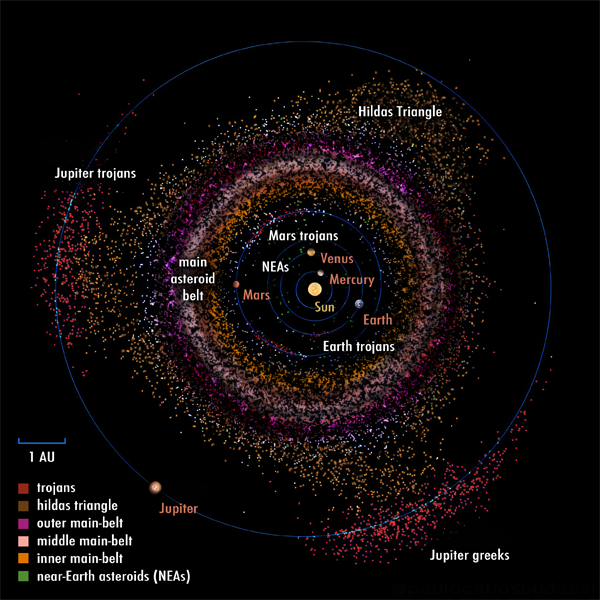
Jupiter’s enormous size makes it a dominant force in solar system dynamics, influencing the orbits of asteroids, comets, and even other planets through gravitational interactions. The planet’s position and mass help stabilize the entire solar system, preventing chaotic orbital changes that could threaten Earth’s long-term habitability.
The gas giant’s gravitational influence extends throughout the solar system, creating resonant relationships with smaller bodies that either protect or destabilize their orbits. The Kirkwood gaps in the asteroid belt, for example, represent regions where Jupiter’s gravity prevents stable asteroid orbits.
Computer simulations suggest that without Jupiter’s massive presence, Earth might experience far more frequent impacts from asteroids and comets, potentially preventing the development of complex life. The planet’s size directly translates into a protective influence that has shaped the evolution of our entire solar system.
Modern Space Missions Revealing Jupiter’s True Scale
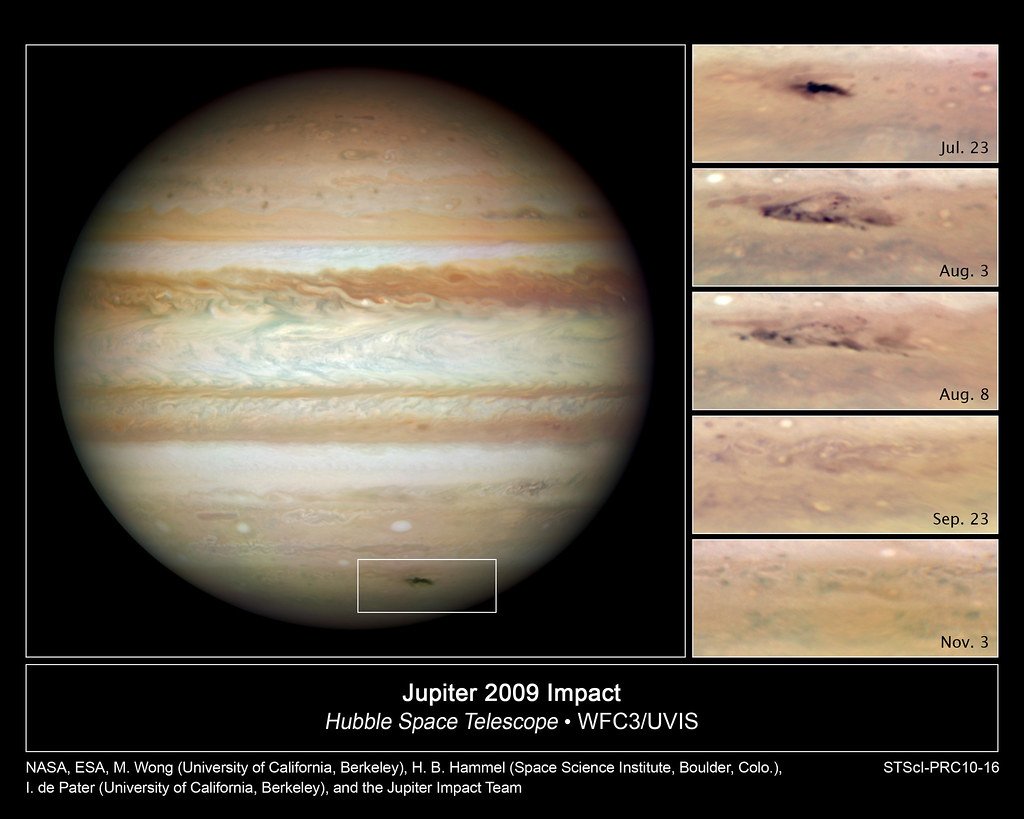
Recent space missions have provided unprecedented insights into Jupiter’s massive scale and internal structure. NASA’s Juno mission, which arrived at Jupiter in 2016, has revealed details about the planet’s deep interior that were impossible to detect from Earth-based observations.
Juno’s measurements show that Jupiter’s core is much larger and more diffuse than previously thought, extending roughly halfway to the planet’s surface. This discovery has revolutionized our understanding of how gas giants form and maintain their enormous sizes over billions of years.
The spacecraft’s close approaches to Jupiter have also revealed the three-dimensional structure of the planet’s atmospheric bands, showing how these colorful features extend thousands of kilometers deep into the planet’s interior. These observations continue to refine our appreciation of Jupiter’s true scale and complexity.
Future Exploration of the Gas Giant
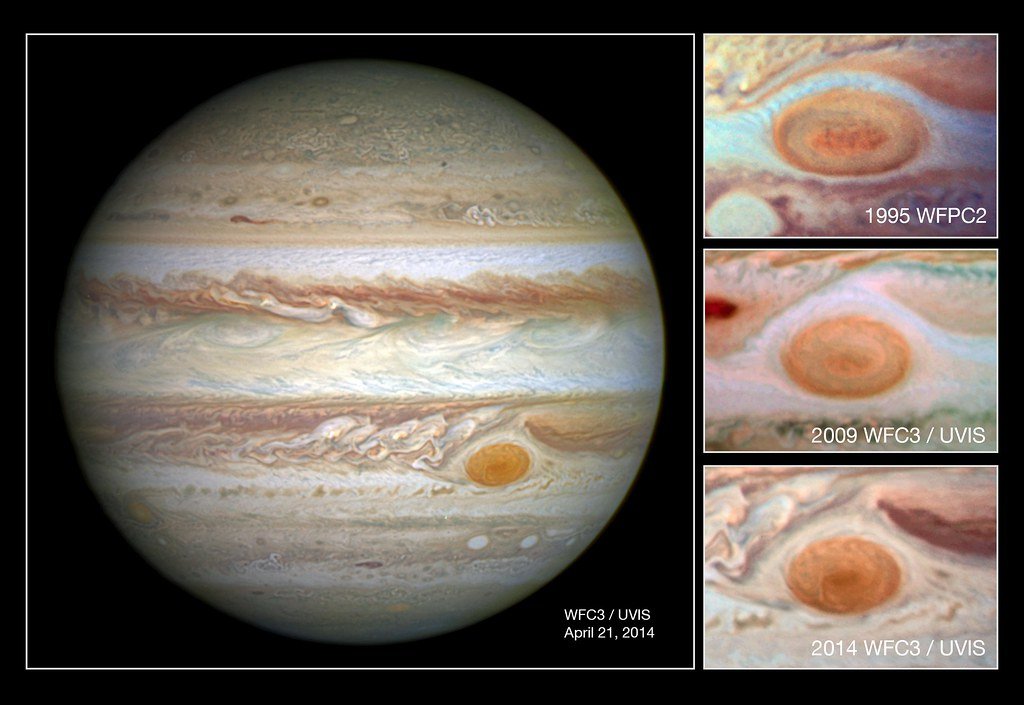
Upcoming missions to Jupiter will further explore the planet’s enormous scale and its effects on the surrounding environment. The European Space Agency’s JUICE (Jupiter Icy Moons Explorer) mission, scheduled to arrive in 2031, will study Jupiter’s system for three years before focusing on Ganymede.
These future missions will help answer fundamental questions about how planets can grow to such enormous sizes and what role gravity plays in shaping planetary atmospheres over geological timescales. Advanced instruments will probe deeper into Jupiter’s interior structure and better understand the relationship between the planet’s size and its magnetic field.
The technological challenges of exploring Jupiter reflect the planet’s immense scale – spacecraft must withstand intense radiation, extreme temperature variations, and gravitational forces that dwarf anything experienced in Earth’s vicinity. Each successful mission represents a triumph of engineering designed to study one of nature’s most imposing creations.
What Jupiter’s Size Means for Understanding Other Worlds
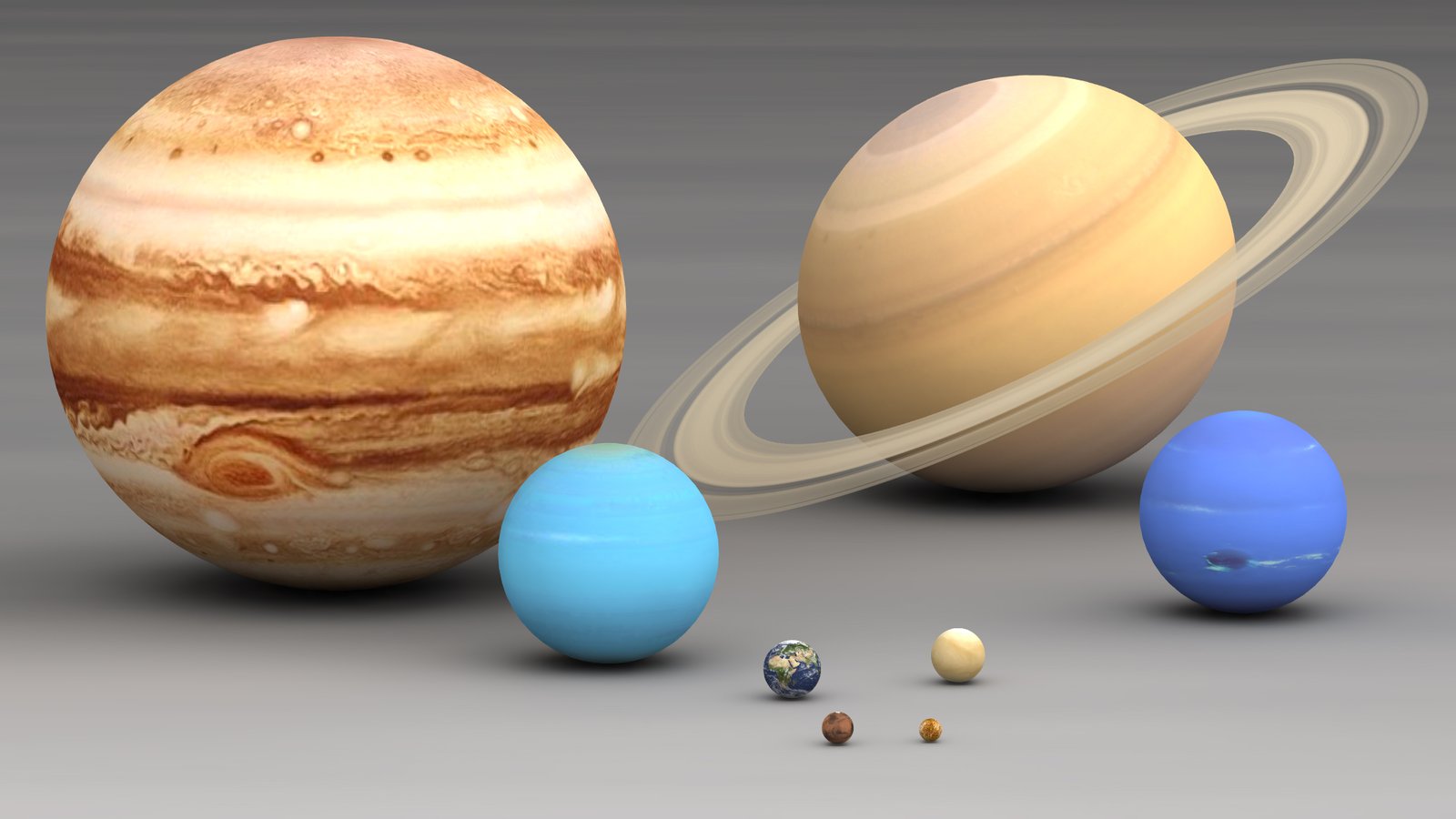
Jupiter’s impressive dimensions provide crucial insights for understanding gas giant planets throughout the universe. Astronomers have discovered thousands of exoplanets, many of which are “Jupiter-sized” worlds orbiting other stars, making our local gas giant a template for understanding planetary formation on cosmic scales.
The relationship between Jupiter’s size and its position in the solar system helps scientists understand how planetary systems evolve and what conditions lead to the formation of gas giants versus rocky planets. Jupiter’s scale serves as a benchmark for classifying and understanding the incredible diversity of worlds found throughout the galaxy.
Studies of Jupiter’s atmospheric dynamics, magnetic field, and internal structure provide essential data for modeling similar processes on exoplanets that may be even larger than our solar system’s reigning champion. The planet’s size makes it an ideal laboratory for understanding the physics of gas giant worlds.
When we consider that Earth could fit inside Jupiter more than 1,300 times, we’re confronting a scale that challenges our earthbound perspective and opens our minds to the incredible diversity of worlds that exist in our universe. Jupiter’s immense size serves as a constant reminder that we inhabit a cosmos filled with wonders that dwarf our everyday experience, inspiring continued exploration and discovery that pushes the boundaries of human knowledge and imagination. What other cosmic giants might be waiting to humble our understanding of planetary scales?




